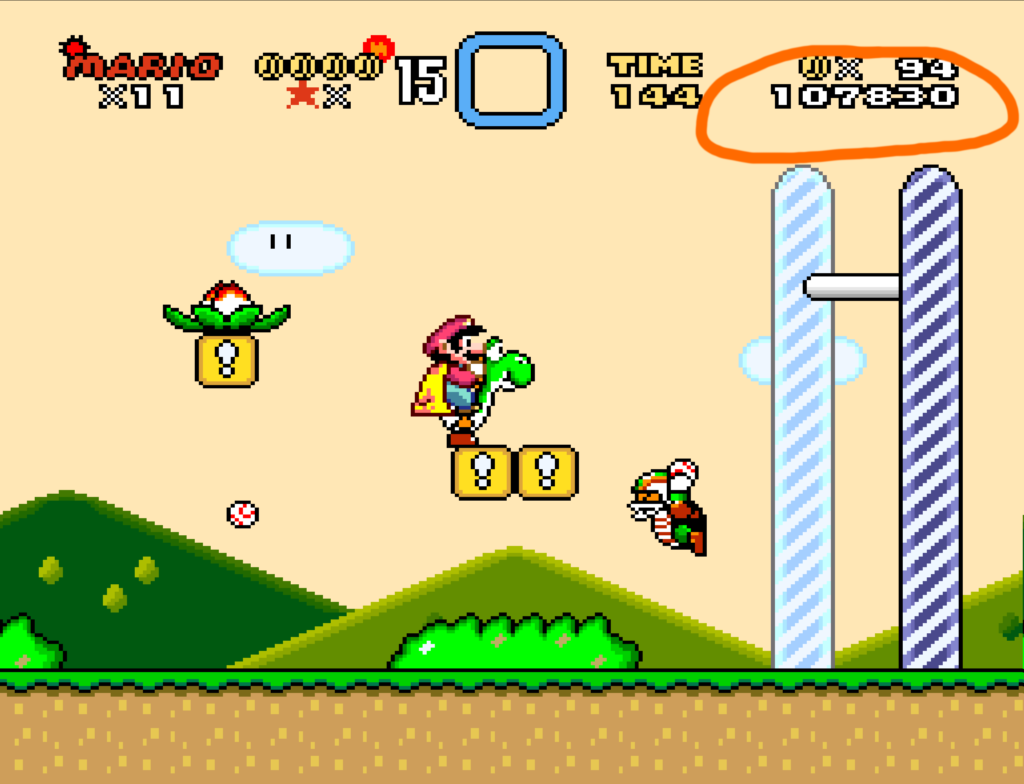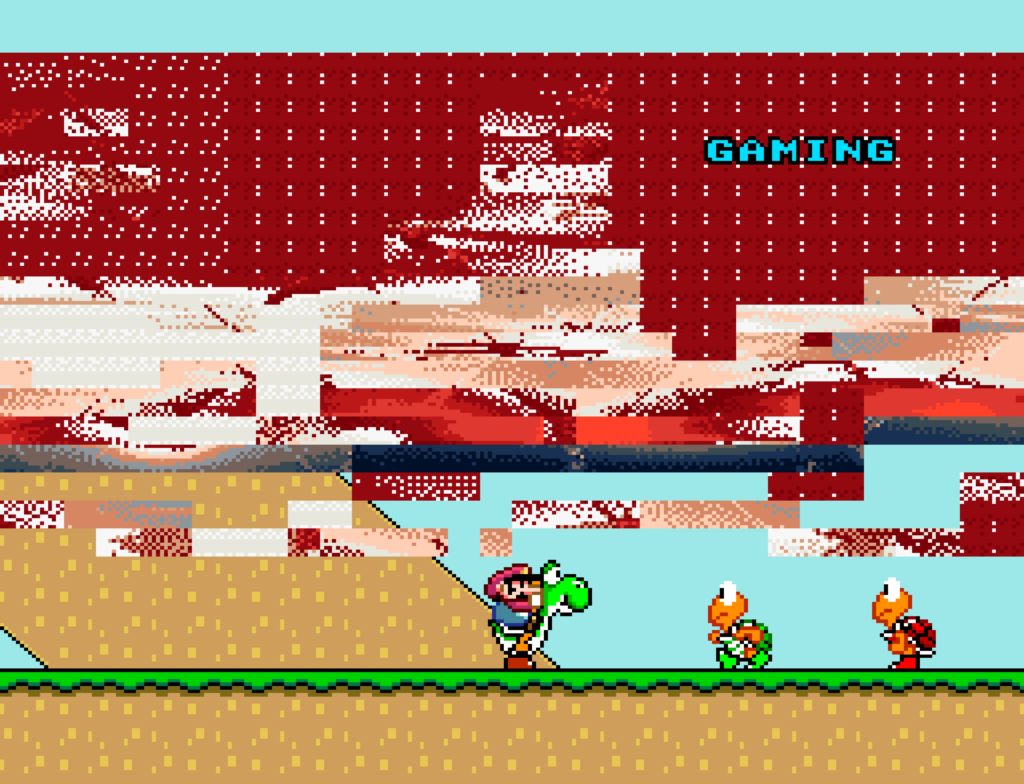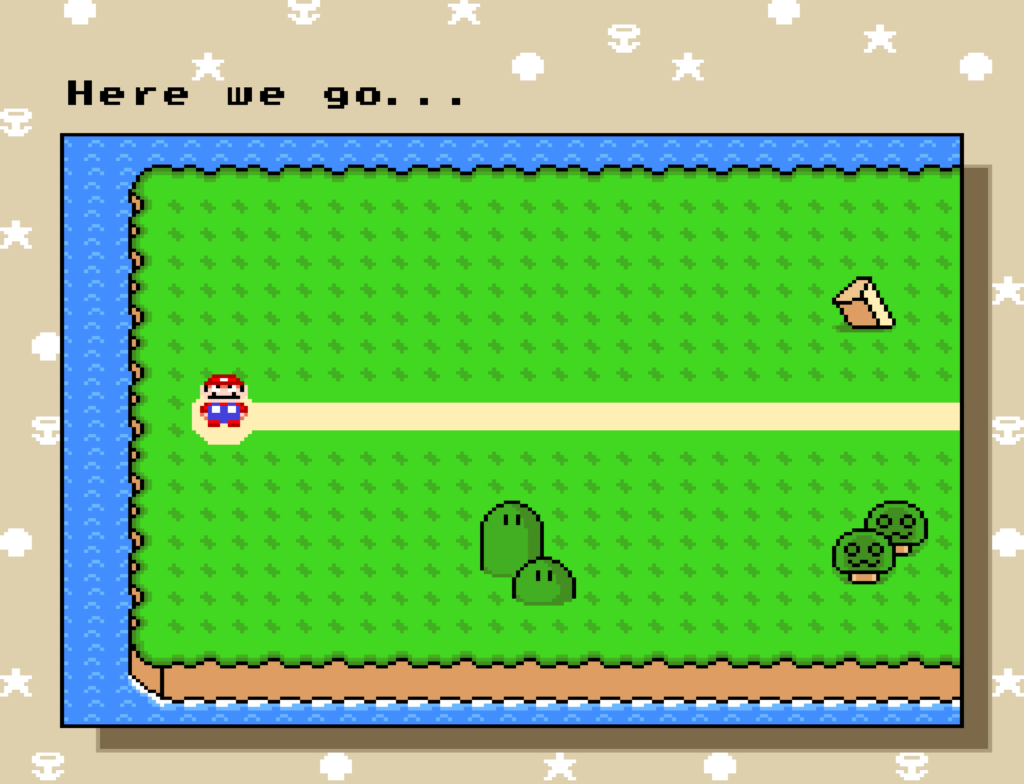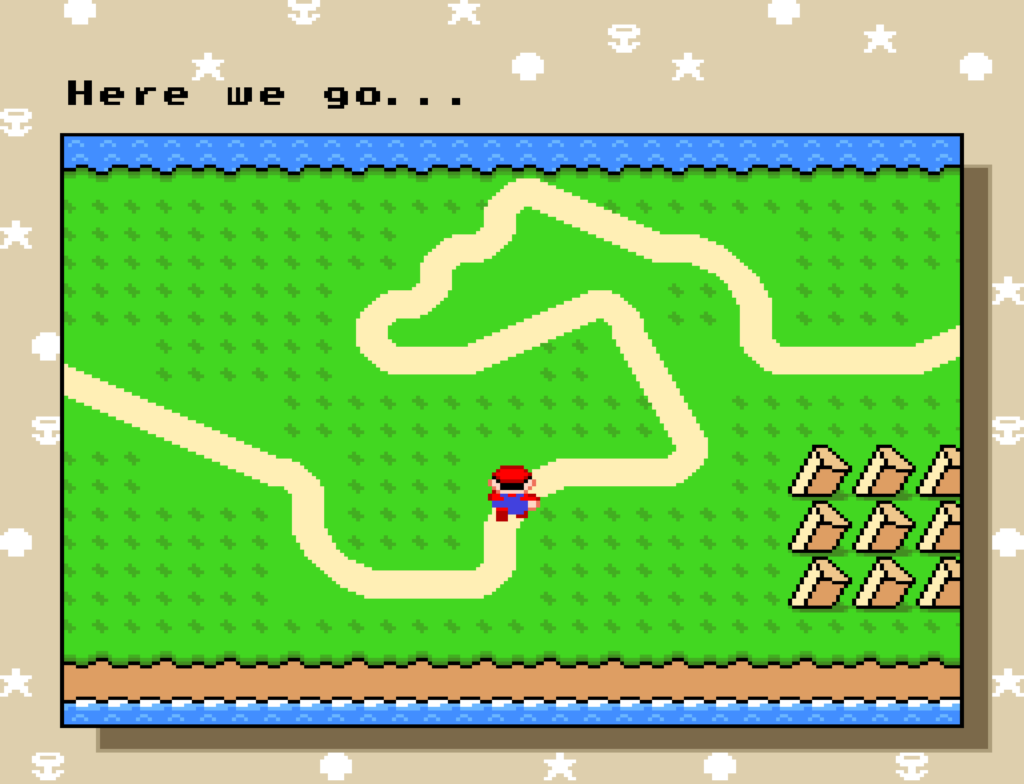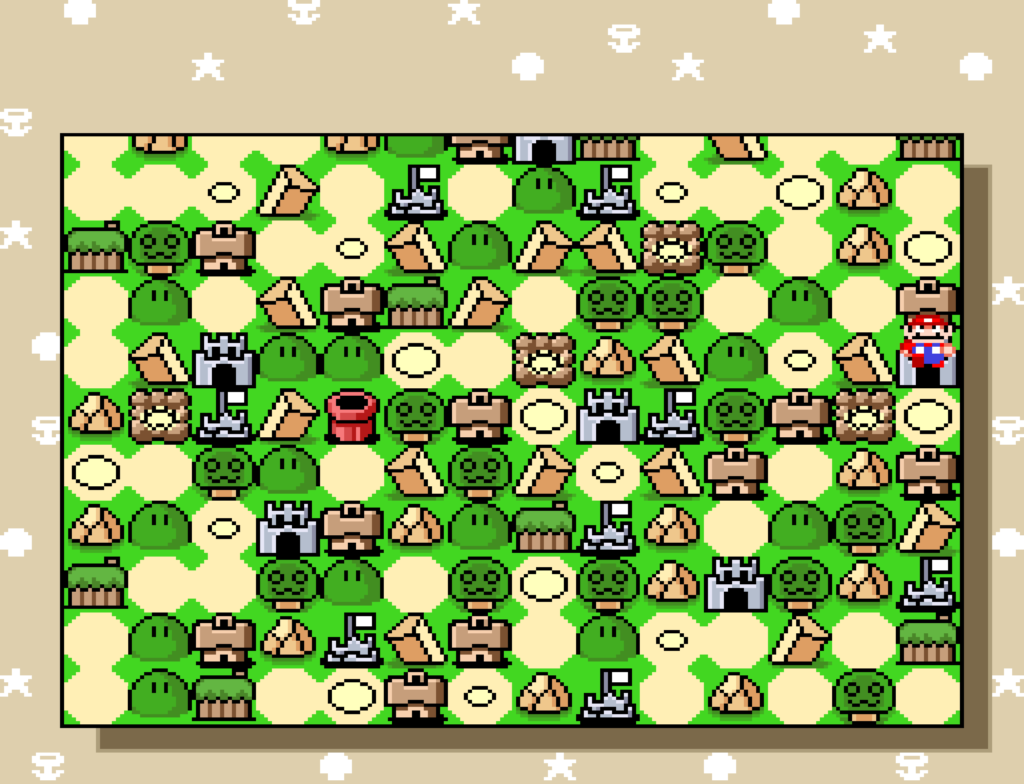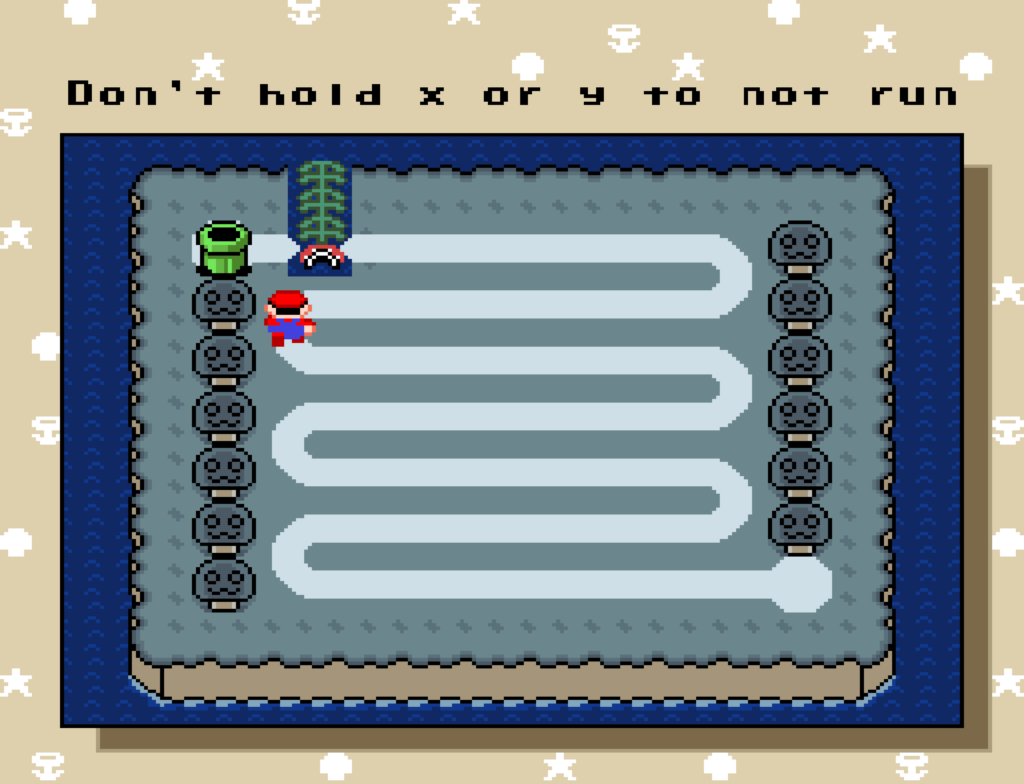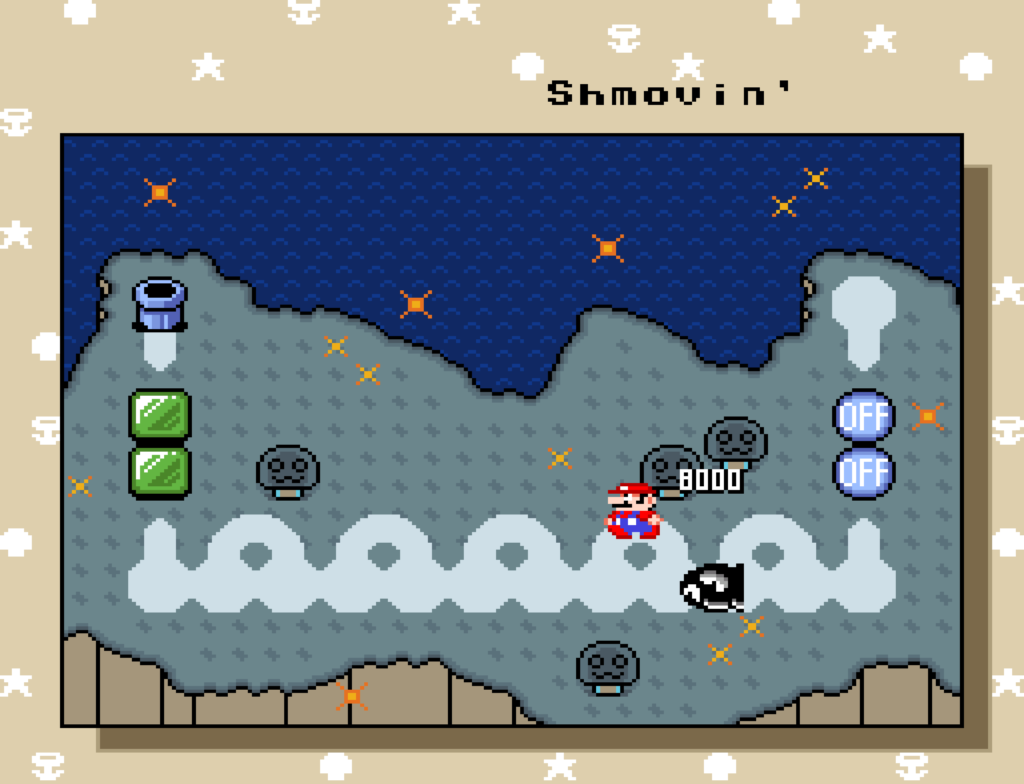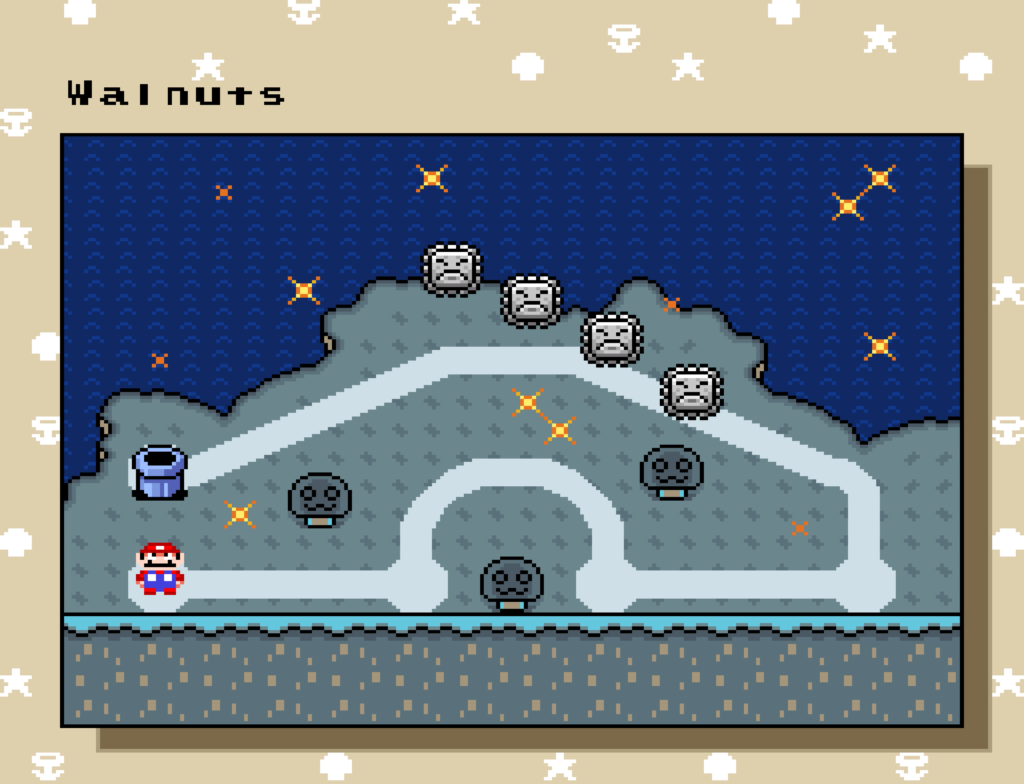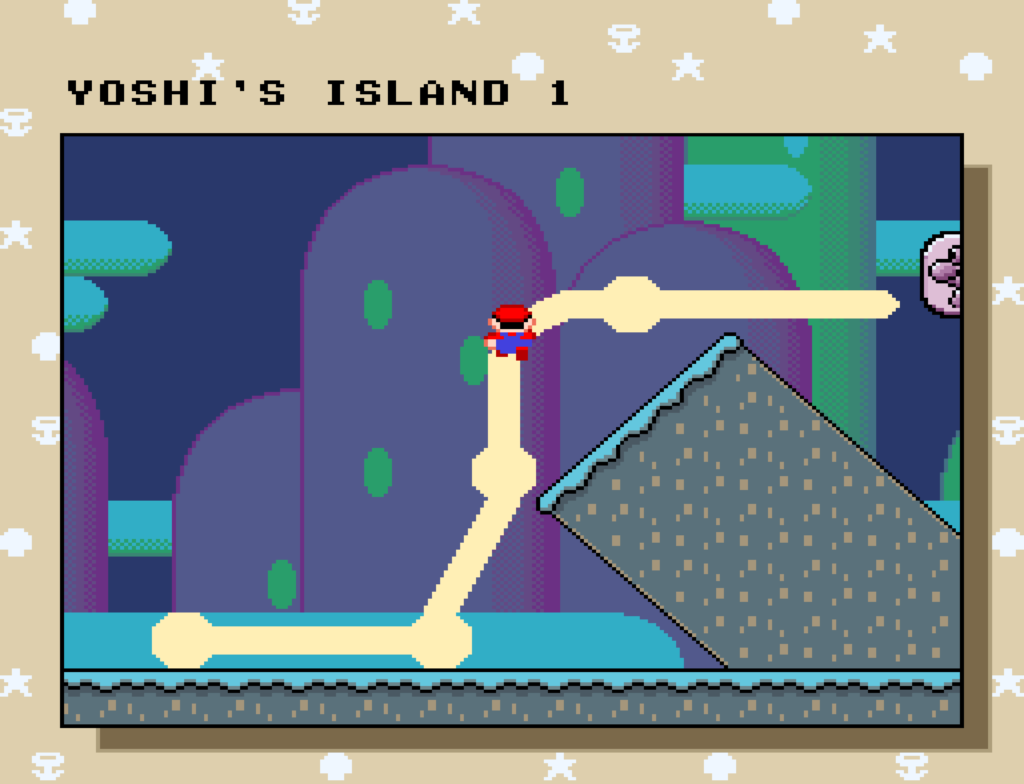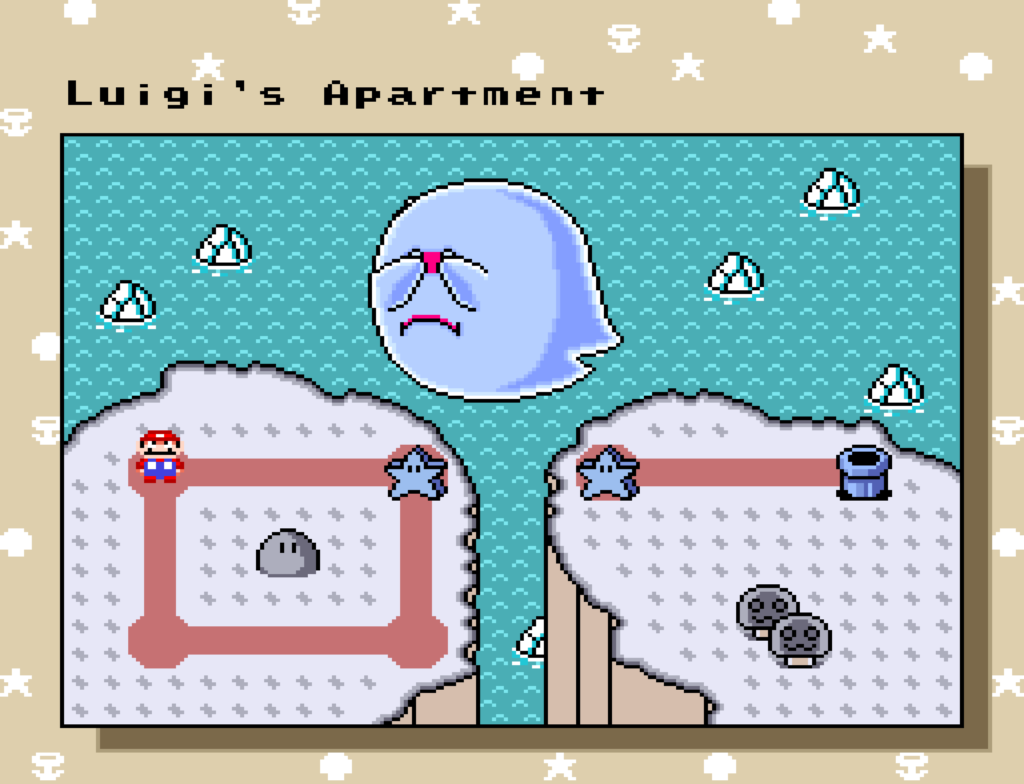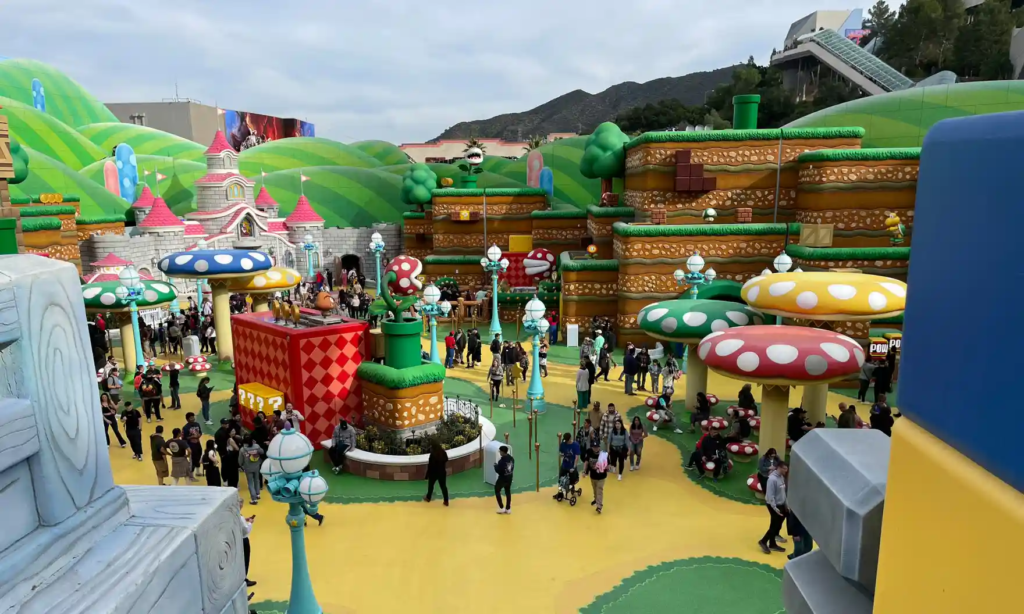More Youtube videos coming up! In this hellish age of the World Wide Web, where discovering things with Google Search is harder than ever, at least Youtube has a decent discoverability system (when it works, which is not always). Discovering things has long been really difficult on the internet, what we’re witnessing is just a regression to an earlier state where things appear and disappear unseen all the time, like particles and antiparticles annihilating each other. It’s still a huge problem, we just forgot, for a while, that there’s still no good solution. Um, what was I talking about again?
Retro Game Mechanics Explained (RGME: See? The acronym in the title means something!) recently explained a glitch in Super Mario World, a game that is becoming infamous for its many glitches. Some of those glitches are oversights, but some are the result of features planned in development, and even partially implemented, but then for whatever reason were abandoned.
Most of the enemies in the game, if you stomp on them over and over without touching the ground, give you more and more points and eventually extra lives. But there are indications that, at some point during the game’s development, it wasn’t going to stop there. There is support in Super Mario World for further rewards beyond “1UPs”: 2UP, 3UP, 5UP, and from there, for some unknown reason, coins.
The code in the game supports going into those ranges, but for all the enemies in the game, only one has the support enabled, probably accidentally: Wigglers. If you consecutively stop Wigglers, which is only possible in one or two levels, the cap on the awards for stomping on them is lifted, and the lookups from the table on which the rewards are stores continue, off the end of the table, into miscellaneous ROM space, awarding undefined rewards, and quickly awarding many hundreds of thousands of points.
The full details are in their video, here (20 minutes):
I have a particular fondness for this glitch because I encountered it myself once, long ago, on actual hardware!

